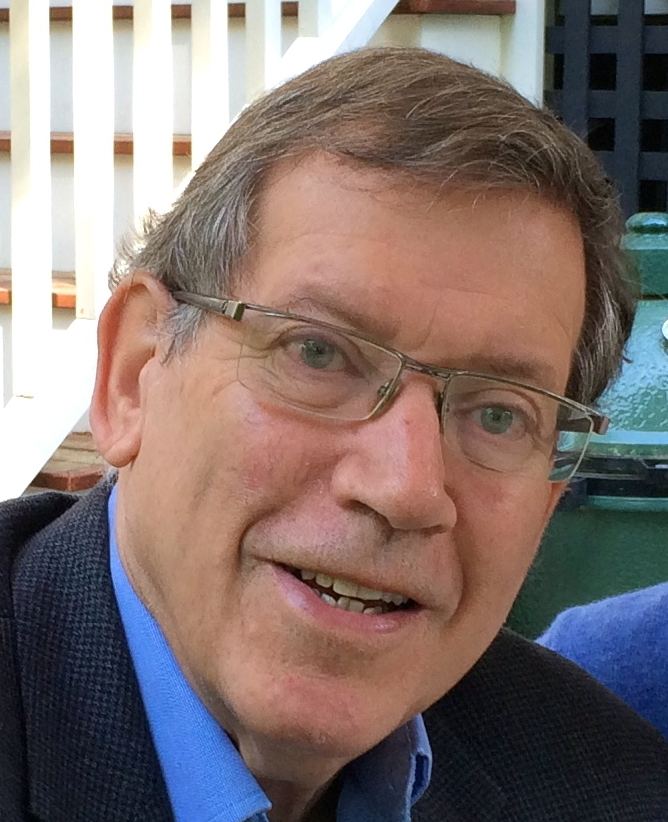Residence Israel Nationality Israeli | Name Joel Sussman Fields Crystallography | |
 | ||
Born 24 September 1943 (age 82) ( 1943-09-24 ) Alma mater Cornell UniversityMITHebrew University Notable awards Samuel and Paula Elkeles Prize (2005)Teva Founders' Award (2006) Education Cornell University, Hebrew University of Jerusalem, Massachusetts Institute of Technology | ||
Joel sussman video
Joel L. Sussman (born September 24, 1943) is an Israeli crystallographer best known for his studies on acetylcholinesterase, a key protein involved in transmission of nerve signals. Born in Philadelphia, he is the Morton and Gladys Pickman Professor of Structural Biology at the Weizmann Institute of Science in Rehovot and the director of the Israel Structural Proteomics Center there.
Contents
- Joel sussman video
- Cshl keynote dr joel sussman weizmann institute of science rehovot israel
- Formal education and training
- Appointments and positions held
- Scientific interests and contributions
- Honors and awards
- References
Cshl keynote dr joel sussman weizmann institute of science rehovot israel
Formal education and training
In 1965, Sussman got his B.A. at the Cornell University in math and physics. He got his PhD from MIT in biophysics in 1972 with Cyrus Levinthal. Sussman later did postdoctoral research in the Hebrew University of Jerusalem in 1972, with Yehuda Lapidot, and in the Duke University in 1973 with Sung-Hou Kim.
Appointments and positions held
Sussman held the following positions at the Weizmann Institute of Science:
In 1994–99, he was also the director of the Protein Data Bank (PDB) at the Brookhaven National Laboratory.
Scientific interests and contributions
Sussman was a pioneer of macromolecular refinement, developing CORELS and applying it to yeast tRNAphe. He subsequently determined the structures of 'bulge'-containing DNA fragments as models for insertion mutations.
Sussman's current research focuses on nervous system proteins, especially acetylcholinesterase (AChE), whose 3D structure was first determined in his lab. This structure revealed:
He has investigated the molecular basis for halophilicity and halotolerance, shedding light on the molecular basis of how proteins function over extreme ranges of salt concentration, with unexpected implications for kidney diseases. Recently, he determined the structures of acid-β-glucosidase, a protein defective in Gaucher disease, paving the way to novel therapeutic approaches, and of paraoxonase, a protein relevant to treatment of atherosclerosis.
